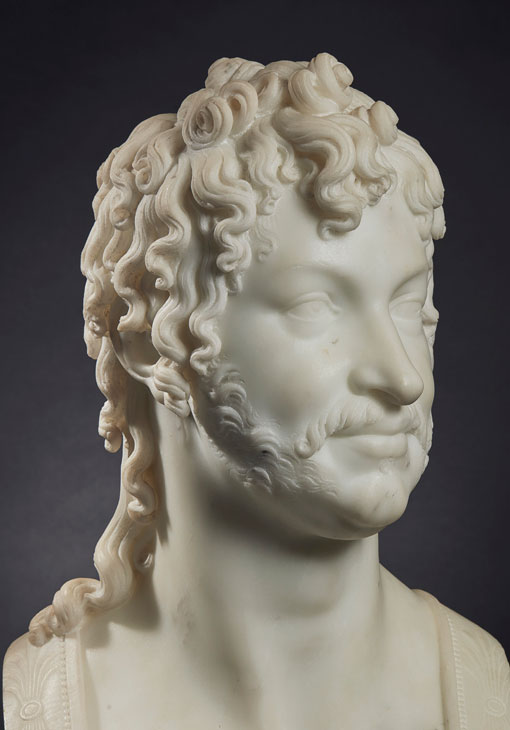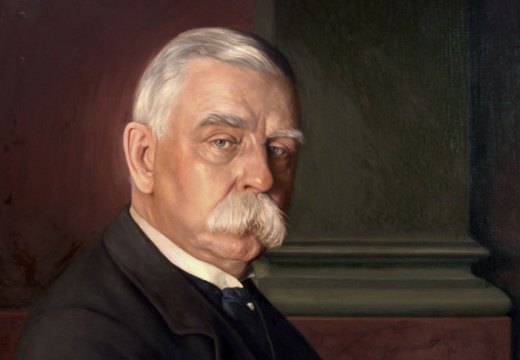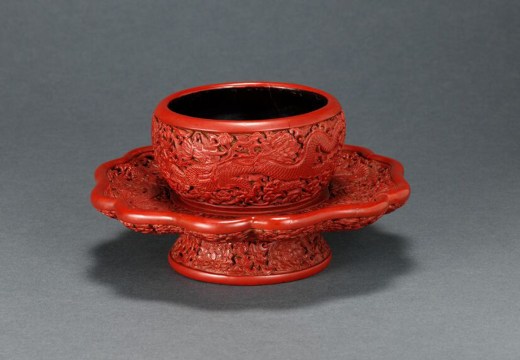Sometimes lost treasures are to be found in the most obvious of places. Only last year, a Shakespeare First Folio was discovered in the library of Mount Stuart – a great Scottish house built by the bibliophile 3rd Marquess of Bute, reputedly the richest man in the world. Now, Antonio Canova’s documented but otherwise unknown marble bust of Joachim Murat has come to light – in the house of his direct descendants, the Princes Murat. It is a thrilling discovery: a work by the most celebrated artist in early 19th-century Europe depicting one of the period’s most charismatic personalities. It also happens to be a remarkable portrait.
The humbly born Murat had risen through the ranks to prove himself one of the most daring and brilliant soldiers of revolutionary France. He became Napoleon’s brother-in-law in 1800 when he married Caroline Bonaparte, then governor of Paris, prince and, in 1808, King of Naples and the Two Sicilies. In 1797, during the Italian campaign, Murat had visited Canova’s studio in Rome and admired the groups of Cupid and Psyche and Psyche revived by Cupid’s kiss commissioned by the Scottish colonel John Campbell. Campbell never paid for them, so Murat bought the sculptures in 1801 and had them shipped to France, where Napoleon saw them at a reception given in his honour in 1802. ‘It is always said that Napoleon introduced the work of Canova to France,’ says Christie’s sculpture specialist Isabelle d’Amécourt, who identified the portrait, ‘but it was Caroline and Joachim Murat.’

Bust of Joachim Murat (1813), Antonio Canova. Image courtesy Christie’s
Once installed in Naples, the royal couple furnished their palace with contemporary works of art as well as Old Masters and antiquities. Most significantly, they resumed the archaeological digs at Pompeii. Canova visited the site with Caroline when he accepted their invitation to Naples in 1813, and he also made portraits of the couple in plaster as preliminary models for marble busts that were to be executed back in Rome. While both plasters survive in the Gipsoteca Canoviana in Possagno, the fate of the marbles remained unknown to scholars (and the whereabouts of the marble bust of Caroline is still a mystery). The rediscovered marble of Murat follows the plaster exactly.
While Canova’s innovative brand of austere and archaeological neoclassicism looks cool to the point of frigidity to most modern eyes, this portrait is full of life and warmth and is far too well observed – and subtly unflattering – to be any idealised martial hero. There is a touch of hauteur in Murat’s expression, and the sculptor obviously felt at liberty to reproduce his double chin and slightly pursed lips. Murat’s reputation as a dandy is expressed by the luxuriant and deeply carved curls that rise at his crown and cascade down the back of his neck – the kind of coiffure that only painters had hitherto dared to represent. This is a man for whom his reputed last words ring true. Facing a firing squad on Corsica in 1815, he is said to have instructed his executioners: ‘Soldiers, respect the face and aim at the heart…Fire!’

Bust of Joachim Murat (1813), Antonio Canova.
As one would expect for such a commission, the marble is of extremely high quality, and its polish suggests all the suppleness of flesh rather than stone. It is hard to believe that studio assistants had anything to do with this degree of finish.
This 50cm-high bust (66cm with base) will be offered in The Exceptional Sale at Christie’s Paris on 28 November, with an ‘estimate on request’. Estimating the value of such a sculpture is hard, given that so few autograph works come to the market. The last recorded comparable sale was of the marble Ideal Head acquired by the Ashmolean Museum in Oxford in 1996. Its price tag was £746,000, but Murat is a far bigger catch than Calliope, muse of epic poetry. A few weeks ago, a signed monumental plaster head of the Rezzonico Genius changed hands at TEFAF New York Fall. It had an asking price of $4m.
The Exceptional Sale takes place at Christie’s, Paris, on 28 November.

Bust of Joachim Murat (1813), Antonio Canova. Courtesy Christie’s
Unlimited access from just $16 every 3 months
Subscribe to get unlimited and exclusive access to the top art stories, interviews and exhibition reviews.














![Masterpiece [Re]discovery 2022. Photo: Ben Fisher Photography, courtesy of Masterpiece London](http://www.apollo-magazine.com/wp-content/uploads/2022/07/MPL2022_4263.jpg)
It’s time for the government of London to return to its rightful home